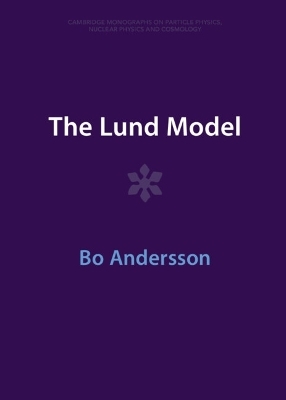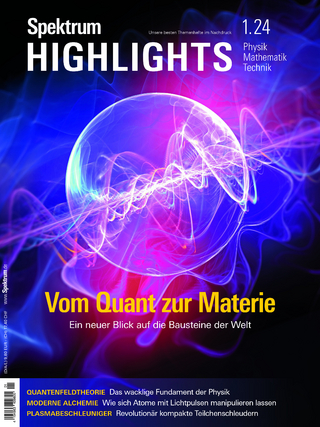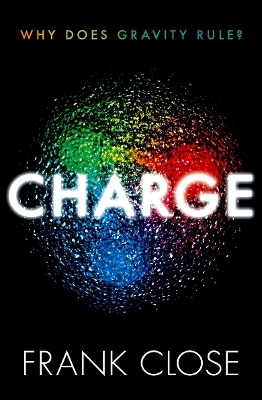
The Lund Model
Cambridge University Press (Verlag)
978-1-009-40125-8 (ISBN)
The Lund model, inspired by quantum chromodynamics, has provided a promising approach to the dynamics of quark and gluon interactions. Starting with a brief reprise of basic concepts in relativity, quantum mechanics of fields and particle physics, this book discusses: the dynamics of the massless relativistic string; confinement; causality and relativistic covariance; Lund fragmentation processes; QED and QCD Bremsstrahlung; multiplicities and particle-parton distributions. Throughout the book, theory is confronted with current experimental data, and implications for future experiments are also considered. The book also explores the relationships between the Lund model and other models based on field theory (the Schwinger model, S-matrix models, light-cone algebra physics and variations of the parton model), and models based on statistical mechanics (the Feynman-Wilson gas, scaling, iterative cascade models). This title, first published in 1998, has been reissued as an Open Access publication on Cambridge Core.
Preface; 1. Relativistic kinematics, electromagnetic fields and the method of virtual quanta; 2. The harmonic oscillator and the quantum field; 3. The vacuum as a dielectric medium and renormalisation; 4. Deep inelastic scattering and the parton model; 5. The classical motion of the massless relativistic string; 6. The decay kinematics of the massless relativistic string; 7. A stochastic process for string decay; 8. The properties of the Lund model fragmentation formulae: external part formulas; 9. The internal part fragmentation formulae and their relations to the unitarity equations of Regge theory; 10. The dynamical analogues of the Lund model fragmentation formulae; 11. Flavour and transverse momentum generation, and the vector to pseudoscalar meson ratio; 12. Heavy quark fragmentation and Baryon production; 13. The Hanbury–Brown–Twiss-effect and polarisation in the Lund model; 14. The Lund gluon model, the kinematics and the decay properties; 15. Gluon emission via the Bremsstrahlung process; 16. Multigluon emission, the dipole moment and parton coherence cascade models; 17. The lambda measure in the leading log, and the modified lead log approximation of perturbative QCD; 18. The parton model and QCD; 19. Inelastic lepto-production in the Lund model, the soft radiation model and heretical structure functions; 20. Hadronic interaction models; References; Index.
| Erscheinungsdatum | 18.07.2023 |
|---|---|
| Reihe/Serie | Cambridge Monographs on Particle Physics, Nuclear Physics and Cosmology |
| Zusatzinfo | Worked examples or Exercises |
| Verlagsort | Cambridge |
| Sprache | englisch |
| Maße | 178 x 254 mm |
| Gewicht | 1146 g |
| Themenwelt | Naturwissenschaften ► Physik / Astronomie ► Hochenergiephysik / Teilchenphysik |
| ISBN-10 | 1-009-40125-4 / 1009401254 |
| ISBN-13 | 978-1-009-40125-8 / 9781009401258 |
| Zustand | Neuware |
| Haben Sie eine Frage zum Produkt? |
aus dem Bereich


